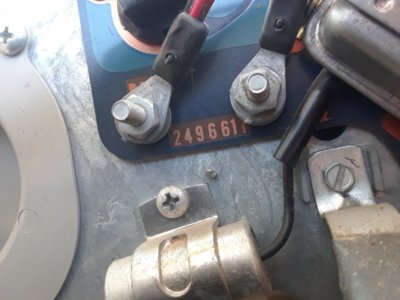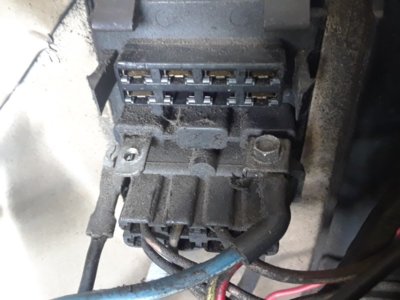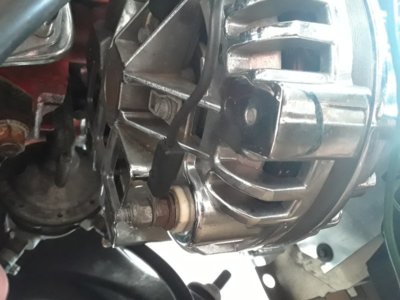RonFloyd
Active Member
- Local time
- 12:53 PM
- Joined
- Jul 31, 2019
- Messages
- 36
- Reaction score
- 73
- Location
- Putnam County ,Indiana
Hi All ,I have searched and looked through a lot of threads already and have just confused myself so I am wondering if anyone can tell me if this is a constant voltage regulator?
My car stopped charging and it has had the Mopar electronic ignition set installed on it . It is a 65 Coronet with a 68 383 in it . The closest Thing I can find is this P3690732 from Summit . I have went down and picked up a stock unit and it seems to be overcharging on the gauge . I just want to make sure I do not burn the car up by causing an electrical fire , Thank in advance for helping a new to Mopar guy.
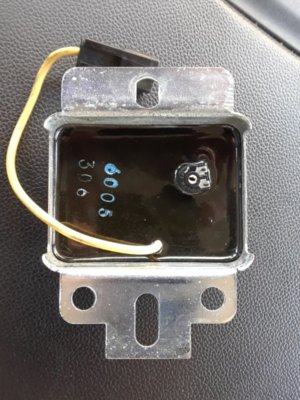
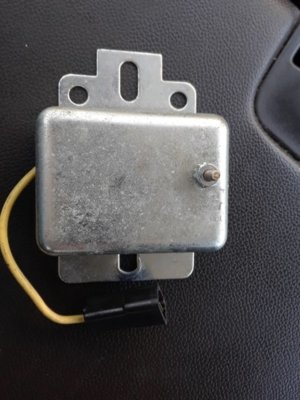
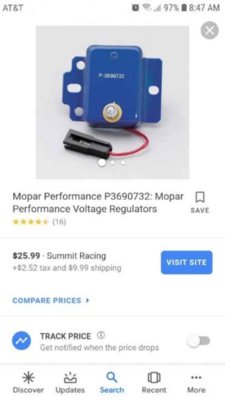
My car stopped charging and it has had the Mopar electronic ignition set installed on it . It is a 65 Coronet with a 68 383 in it . The closest Thing I can find is this P3690732 from Summit . I have went down and picked up a stock unit and it seems to be overcharging on the gauge . I just want to make sure I do not burn the car up by causing an electrical fire , Thank in advance for helping a new to Mopar guy.




